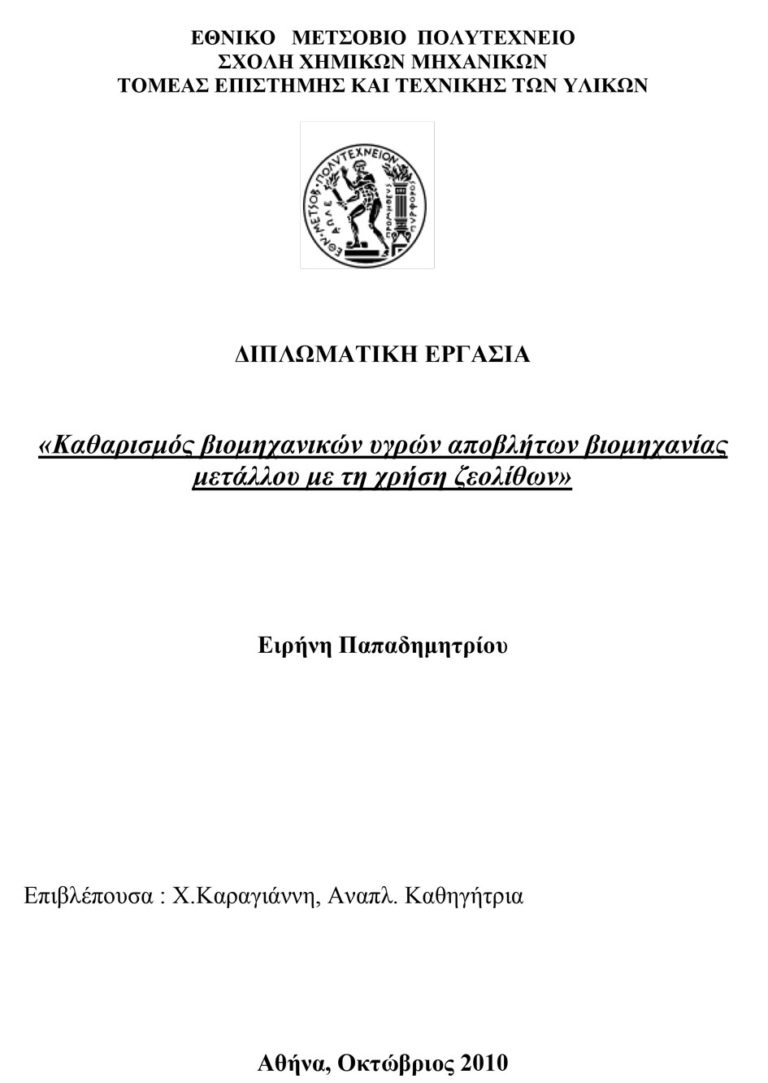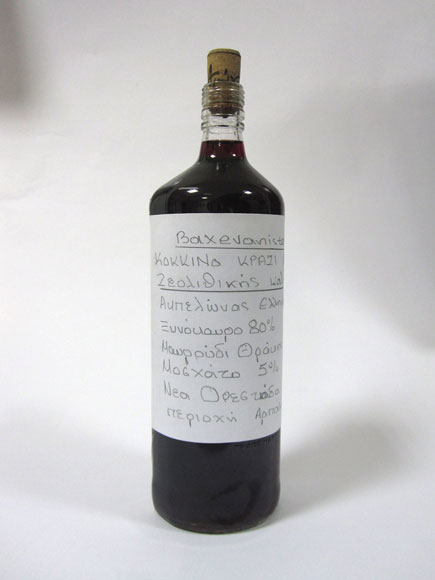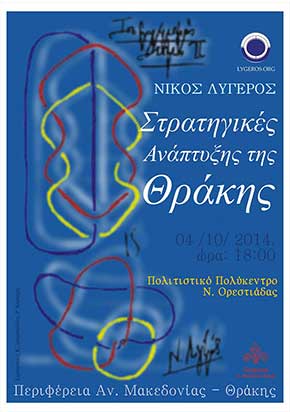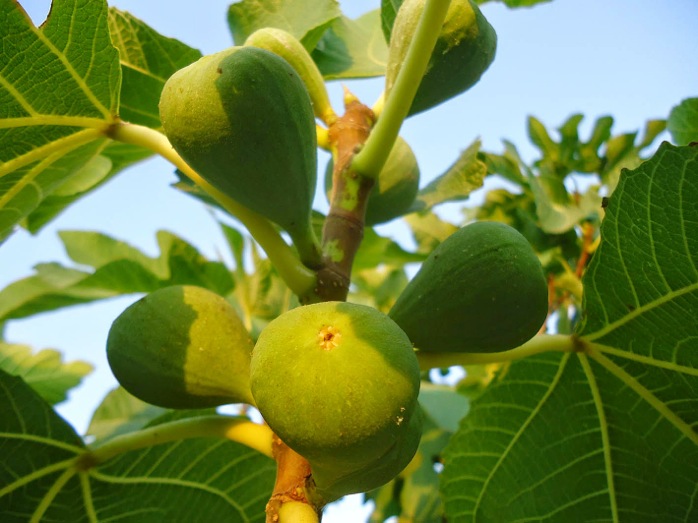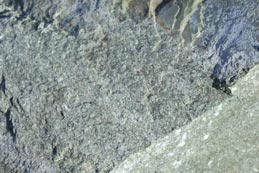Ward Chesworth, Peter Van Straaten, Peter Smith, Steven Sadura
Department of Land Resource Science, University of Guelph, Guelph, Ont. N1G 2W1 Canada
Accepted 11 February 1987, Available online 1 April 2003
Abstract
The various forms of apatite release Ca+2 and P-bearing anions into solution. The generally low solubility of these phases, however, has been a drawback to the use of apatite as a direct source of nutrient P in agriculture. Apatite has for the most part been used as a raw material for the production of the more soluble phases used in conventional fertilizers. This necessitates industrial processing by such techniques as acidulation or heat treatment, processes that inevitably increase the cost of the finished product. An alternative is to introduce a cation exchanger which will take up Ca+2, inducing further breakdown of apatite to produce a high enough concentration of P-bearing anions in solution to sustain a crop. Here, we demonstrate that framework, 2:1 sheet, and fibrous sheet silicates (zeolite, vermiculite and palygorskite) when added to apatite-H2O systems, work in this way.
Copyright © 1987 Published by Elsevier B.V.
source: www.sciencedirect.com
